The hearing mechanism in the human body is a highly sophisticated system. Sound is transformed from waves of physical sound pressure into music, emergency warnings, sounds of nature, and meaningful conversations with those around us. This is accomplished through a complex system of levers, area ratios, and electrochemical reactions. Simply described, the ear can be broken into three basic sections known as the outer, middle, and inner ear.
The Outer Ear
funnels the sounds around us down to the eardrum. The outer ear is made up of the pinna (the parts attached to the sides of our head) and the ear canal. They act as resonators, which amplify certain pitches, or frequencies, of sound before they reach the eardrum.
The Middle Ear
is where sound is changed from pressure waves to mechanical energy. The eardrum (tympanic membrane) is made of layers of skin, which are stretched tight like the top of a drum. As sound enters the ear canal, the eardrum begins vibrating sympathetically. Attached to the eardrum are three tiny bones or ossicles called the hammer (malleous), anvil (incus) and stirrup (stapes). Their job is to transfer the vibration of the eardrum to pressure waves in the inner ear. The relative area ratios (tympanic membrane to the foot plate of the stapes) and lever action of the bones themselves (nearly 14:1), help to further amplify the signal, allowing humans to hear even the softest of sounds.
The Inner Ear
is where the nerves pick up sound for delivery to the brain. Called the cochlea, or snail, the inner ear is a fluid filled bony labyrinth, which houses thousands of tiny hair cells. The hair cells work to detect the pitch of the pressure waves and convert them to electrical impulses for the brain to receive and interpret.
Call MVM Vākśravaṇa Clinic at 080-69956566 for more information or to schedule an appointment.
